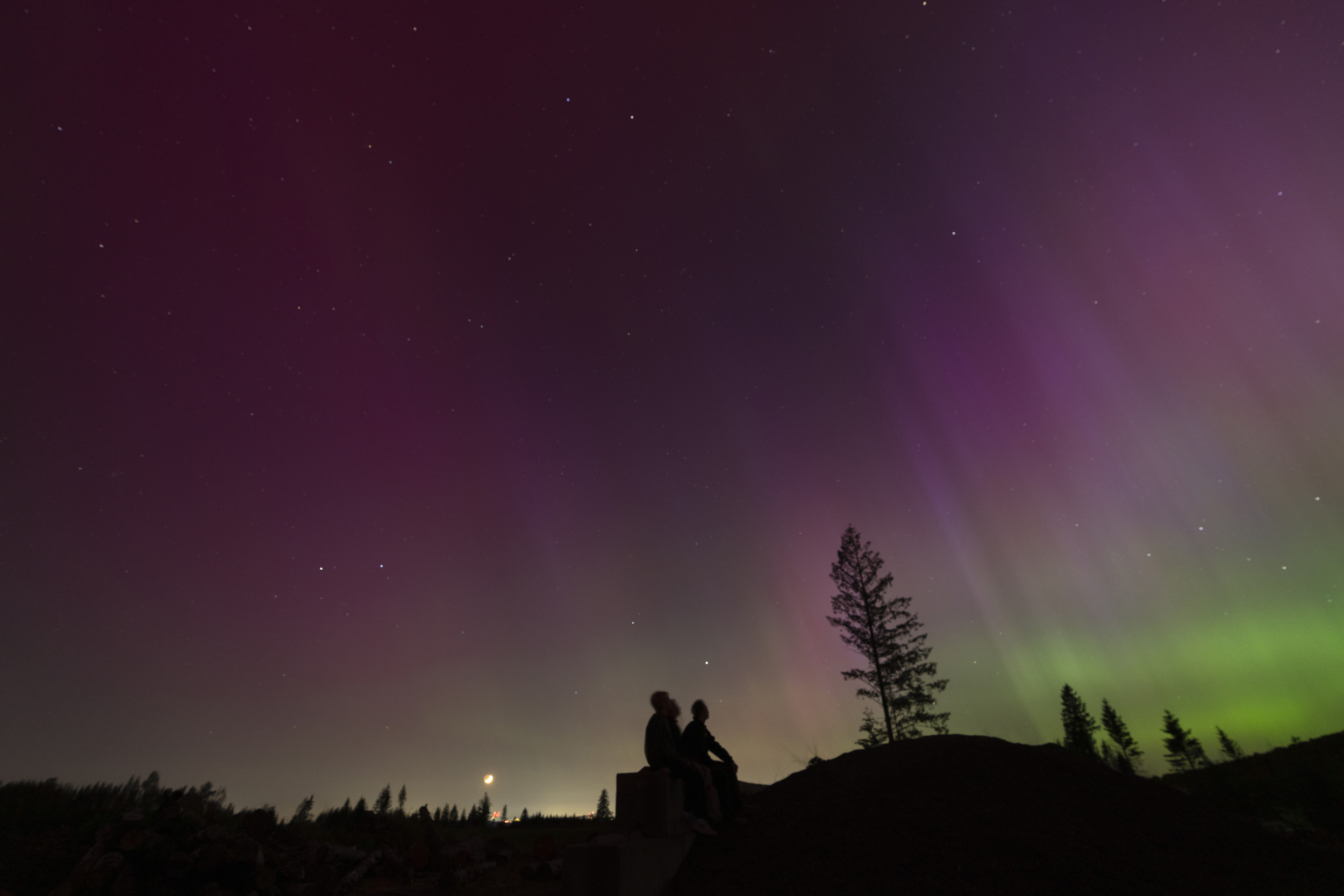Exciting news for aurora enthusiasts! There’s a chance we might witness stunning auroras lighting up the skies over parts of the Northern Hemisphere this Thursday night into early Friday morning.
According to experts in space weather, folks in Canada and regions across the northern United States—specifically places like Alaska, Washington, Montana, North Dakota, and Minnesota—are in prime positions to experience these mesmerizing displays. While the auroras are expected to be somewhat faint, they could still add a touch of color to the night sky.
This latest solar activity is not anticipated to cause major disruptions to power grids or communication systems. Still, if the solar storms ramp up as the evening progresses, the auroras might even be visible further south, possibly reaching states like Illinois and New York. “Everything has to fall perfectly into place for this to happen,” stated Erica Grow Cei from the U.S. National Oceanic and Atmospheric Administration (NOAA).
Tips for Chasing Auroras
If you’re keen on catching a glimpse of these beautiful lights, your best bet is to step outside after sunset. Opt for a location far away from the harsh glare of city lights. Although the auroras may be subtle, using your smartphone to snap a photo could unveil some vivid colors that might be missed by the naked eye.
Currently, the sun is nearing the peak of its 11-year solar cycle, meaning solar storms and auroras are becoming increasingly frequent. Earlier this year, viewers in various locations, from Canada to northern Europe and the U.S., were treated to spectacular solar displays that captivated many.
However, the storms expected tonight are predicted to be milder than those we witnessed in May. While they’re not likely to lead to significant complications, there could be brief interruptions to precision GPS systems critical for activities like farming and harvesting crops, as Grow Cei elaborated.
What Causes Auroras?
Auroras are formed when the sun emits a surge of charged particles that interact with Earth’s magnetic field. When these high-energy particles collide with atoms in our atmosphere, they create the breathtaking lights we refer to as auroras, or the Northern Lights in the Northern Hemisphere.

Jenny Kane/AP Photo
The prime time to witness auroras is often during periods of elevated solar activity, like the peak of the sun’s magnetic cycle. These awe-inspiring displays can vary drastically in intensity, ranging from delicate, thin ribbons of color to brilliant, swirling curtains of light that dominate the horizon.
For those eager to catch tonight’s auroras, patience is key—these incredible lights may appear at varying times based on your location and local weather conditions. Clear skies will be your best ally, and remember, capturing the moment on your smartphone can reveal stunning shades that your eyes might overlook.
This article was informed by reporting from The Associated Press
